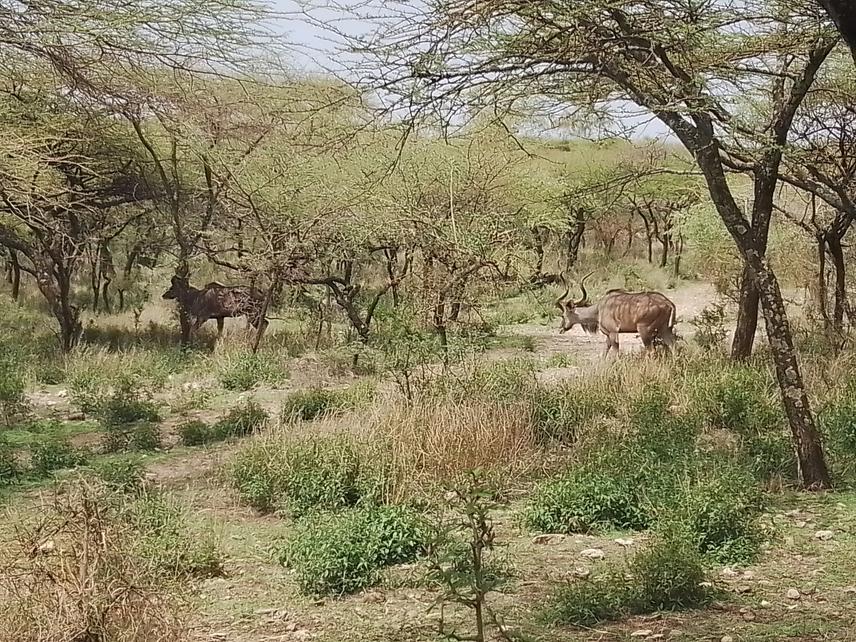Ejigu Alemayehu Worku
Other projects
23 Apr 2015
Distribution Pattern, Population Estimate and Habitat Suitability Map of the Endangered Mountain Nyala (Tragelaphus buxtoni) in Arsi Mountains, Ethiopia
10 Mar 2017
Conservation and Behavioural Ecology of the Endangered Mountain Nyala (Tragelaphus buxtoni) in the Arsi Mountains, Ethiopia
Widespread deforestation, agricultural and human settlement expansion would result in land use land cover (LULC) change in primary habitats. Such changes cause habitat loss and consequently biodiversity loss and affect ecosystem services. Therefore, understanding the spatial and temporal patterns of the LULC change and quantitative information on ecosystem services is critical for designing long-term wildlife conservation and restoration strategies, improving human livelihood, and designing land use and land management plans. Examining the key drivers of LULC change is also crucial for policymakers, wildlife managers, local conservation management groups, and the local community to develop management plans for wildlife conservation.

Greater kudu Arsi Mountains National Park, Ethiopia.
The wildlife population in the southeast highlands of Ethiopia lost most of their previous ranges, primarily due to the destruction of montane forests and heathlands, livestock encroachment, and expansion of high-altitude cultivation associated with global warming. The agricultural expansion to subalpine and Afro-alpine ecosystems and anthropogenic disturbance also could change the land use land cover and provision of ecosystem services. However, the magnitude of LULC change, driving factors, and its effect on ecosystem services have received limited attention in the southeastern Ethiopian Highlands, complicating the conservation efforts. As a result, this project will investigate the LULC change, the factors driving the LULC change, and ecosystem services. The proposed study applies a combination of field investigations, assessing stakeholders' perceptions, review of documents from regional and national offices, Geographic Information System (GIS), and remote sensing techniques.
The proposed research will provide baseline data on LULC change, contributing factors of LULC change, and ecosystem services dynamics, which are critical for long-term wildlife conservation planning and provide a scientific foundation for land management and environmental protection. The project will also inform governmental and non-governmental organizations, the scientific community, local communities and decision-makers to implement effective conservation strategies and measures involving integrated land use planning and management plans.
Header: Acacia wooded grassland in Arsi Mountains National Park, Ethiopia.